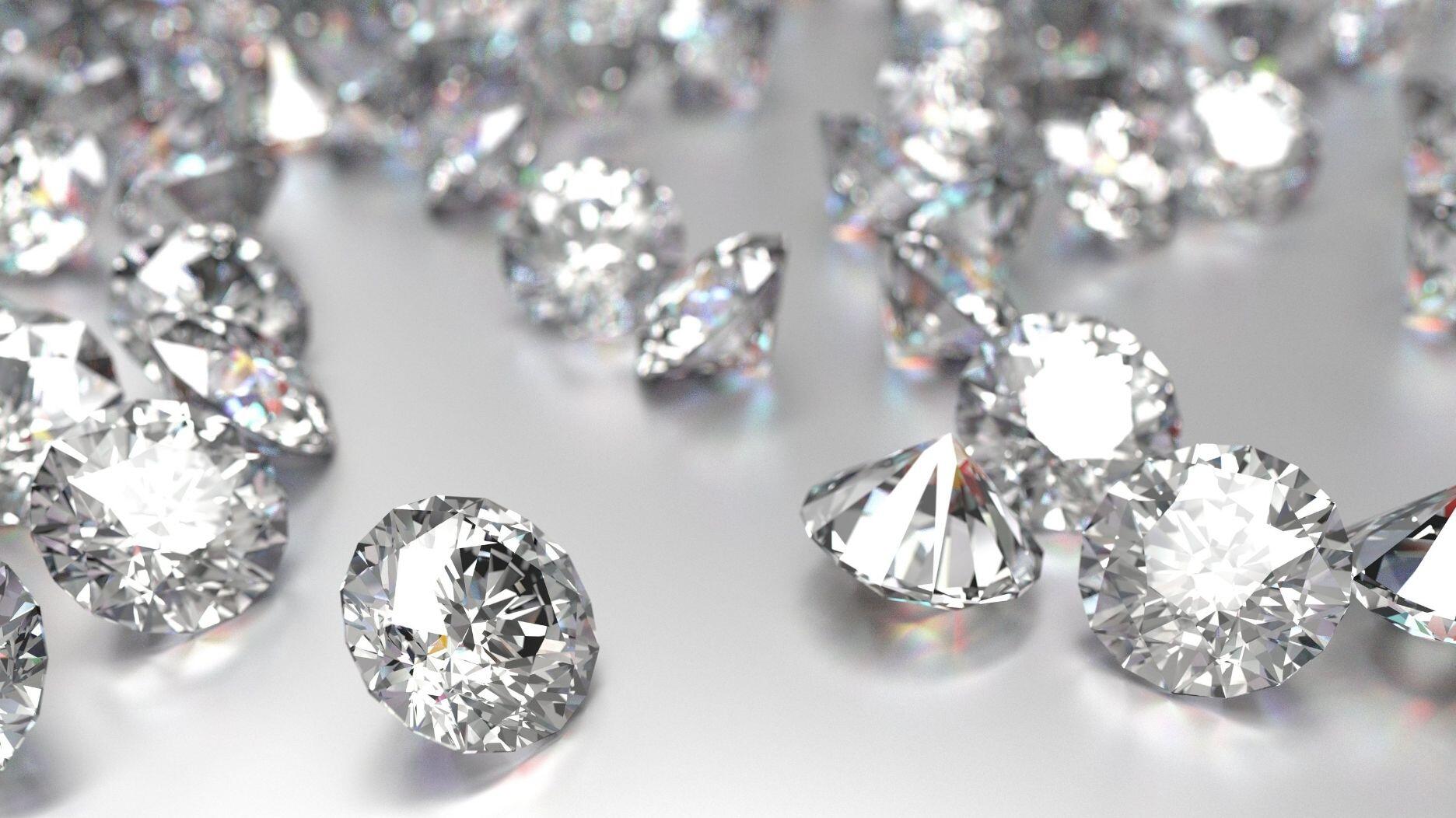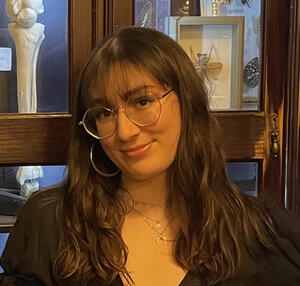De Beers Will Quit Growing Diamonds for Jewelry
The company is pivoting production at its factory in Oregon to industrial diamonds, while the future of Lightbox remains unclear.

The company made the announcement Friday, in the midst of the Las Vegas jewelry trade shows.
The lab-grown pivot is part of a broader new strategy called “Origins,” which is designed to grow desire for natural diamonds while cutting costs.
In an interview with National Jeweler on Friday, De Beers CEO Al Cook elaborated on the decision, including on the future of Lightbox, the lab-grown diamond jewelry brand De Beers launched six years ago.
“Element Six used to produce diamonds because they were hard and they could be used industrially,” he said. “Now, with the price of synthetic diamonds coming down, it opens up this amazing set of technological activities. We’re in partnership with ... a number of high-tech companies looking at how you use diamonds as components in the digital era.
“That bit for us is really exciting. And that’s where the future of synthetic diamonds lies for us.”
Despite the transition at the factory, Cook said Lightbox will continue as a brand, drawing upon existing stock for the immediate future.
“At the moment, we’ve got a lot of stones available to Lightbox. Production will continue for a few months to ensure that they’ve got a stock of beautiful lab-grown diamond stones they can sell.”
After Lightbox depletes its existing stock, “we’ll see where the brand goes and we’ll see what happens,” Cook said. “I think it’s too early to say.”
De Beers announced the launch of the Lightbox lab-grown diamond brand during the Las Vegas shows in 2018.
At first, De Beers was growing the diamonds for Lightbox at its Element Six facility in the United Kingdom.
In October 2020, it opened its $94 million Lightbox factory in Gresham, a Portland suburb.
In an attempt to control the direction of the lab-grown diamond market, De Beers set an $800/carat price structure for the line.
It also marketed Lightbox as jewelry for less-special special occasions, like Sweet 16s or graduations, not milestones like engagements or anniversaries, which, it posits, should be celebrated with natural diamonds.
Since the line’s launch six years ago, lab-grown diamond prices have dropped precipitously. Lightbox cut its prices by as much as 40 percent last month.
Cook said De Beers expects the trend to continue.
“For a lot of retailers out there, the incentive to sell natural [diamonds] and the incentive to sell lab-grown are reversed. There was a period of time, a year-plus ago, when retailers got more of a margin sometimes from selling lab-grown diamonds.
“They were cheap to manufacture, and they could be sold as near-equivalents to natural diamonds. We didn’t do that in De Beers Group. We made very clear through Lightbox that these were two entirely different propositions,” he said.
“Not everyone followed our approach. It is now very clear that for all the retailers I can speak to here at JCK, the margin you get by selling a natural diamond is far greater than the margin that you get by selling a lab-grown diamond. It’s also clear that the gap is going to grow rather than shrink. We expect the price of lab-grown diamonds to go down and down, to continue collapsing.”
As it transitions production at the Lightbox factory in Gresham, De Beers announced Friday that it also will be consolidating its Element Six chemical vapor deposition (CVD) diamond-growing facilities, going from three factories to the one factory in Oregon.
The Latest

Said to be the first to write a jewelry sales manual for the industry, Zell is remembered for his zest for life.

The company outfitted the Polaris Dawn spaceflight crew with watches that will later be auctioned off to benefit St. Jude’s.

A buyer paid more than $100,000 for the gemstone known as “Little Willie,” setting a new auction record for a Scottish freshwater pearl.

Supplier Spotlight Sponsored by GIA.
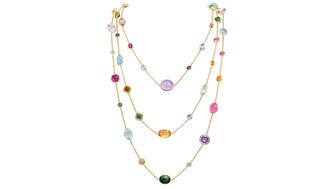
Anita Gumuchian created the 18-karat yellow gold necklace using 189 carats of colored gemstones she spent the last 40 years collecting.

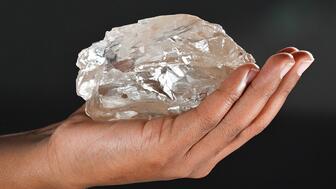
The giant gem came from Karowe, the same mine that yielded the 1,109-carat Lesedi La Rona and the 1,758-carat Sewelô diamond.
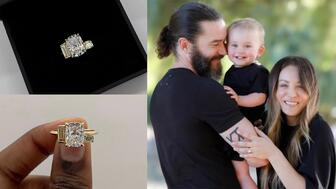
The three-stone ring was designed by Shahla Karimi Jewelry and represents Cuoco, her fiancé Tom Pelphrey, and their child.

Supplier Spotlight Sponsored by GIA
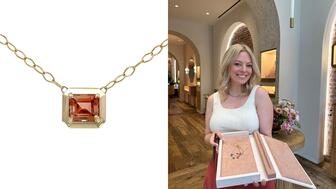
The Manhattan jewelry store has partnered with Xarissa B. of Jewel Boxing on a necklace capsule collection.

Acting as temporary virtual Post-it notes, Notes are designed to help strengthen mutual connections, not reach new audiences.
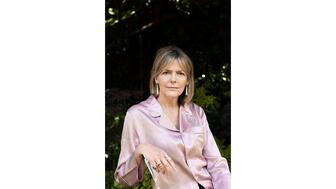
The jewelry historian discusses the history and cultural significance of jewelry throughout time and across the globe.

From fringe and tassels to pieces that give the illusion they are in motion, jewelry with movement is trending.
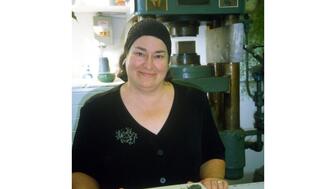
The designer and maker found community around her Philadelphia studio and creative inspiration on the sidewalks below it.

The change to accepted payment methods for Google Ads might seem like an irritation but actually is an opportunity, Emmanuel Raheb writes.

The industry consultant’s new book focuses on what she learned as an athlete recovering from a broken back.
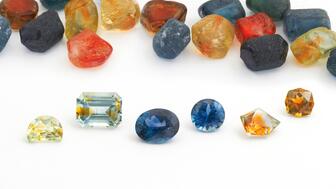
The fair will take place on the West Coast for the first time, hosted by Altana Fine Jewelry in Oakland, California.

Hillelson is a second-generation diamantaire and CEO of Owl Financial Group.
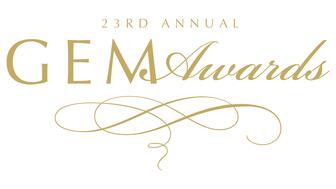
Submissions in the categories of Jewelry Design, Media Excellence, and Retail Excellence will be accepted through this Friday, Aug. 23.
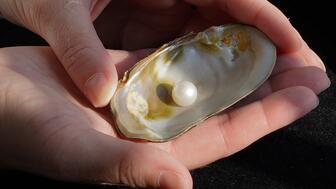
Known as “Little Willie,” it’s the largest freshwater pearl found in recent history in Scotland and is notable for its shape and color.
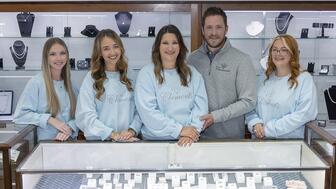
Clements Jewelers in Madisonville cited competition from larger retailers and online sellers as the driving factor.
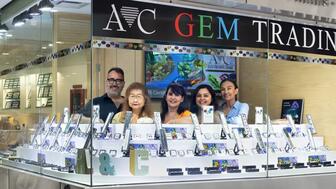
The gemstone company is moving to the Ross Metal Exchange in New York City’s Diamond District.

Most of the 18th century royal jewelry taken from the Green Vault Museum in Dresden, Germany, in 2019 went back on display this week.

The Pittsburgh jeweler has opened a store in the nearby Nemacolin resort.
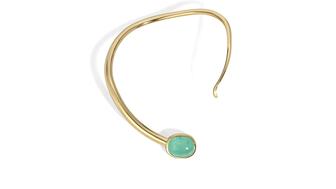
With a 40-carat cabochon emerald, this necklace is as powerful and elegant as a cat.

The Erlanger, Kentucky-based company was recognized for its reliability when it comes to repairs and fast turnaround times.
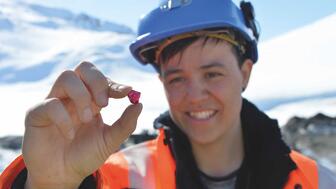
Unable to pay its debts, the ruby and sapphire miner is looking to restructure and become a “competitive and attractive” company.
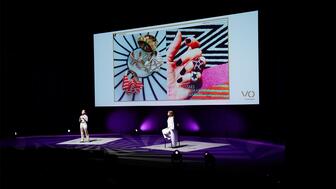
The trend forecaster’s latest guide has intel on upcoming trends in the jewelry market.









